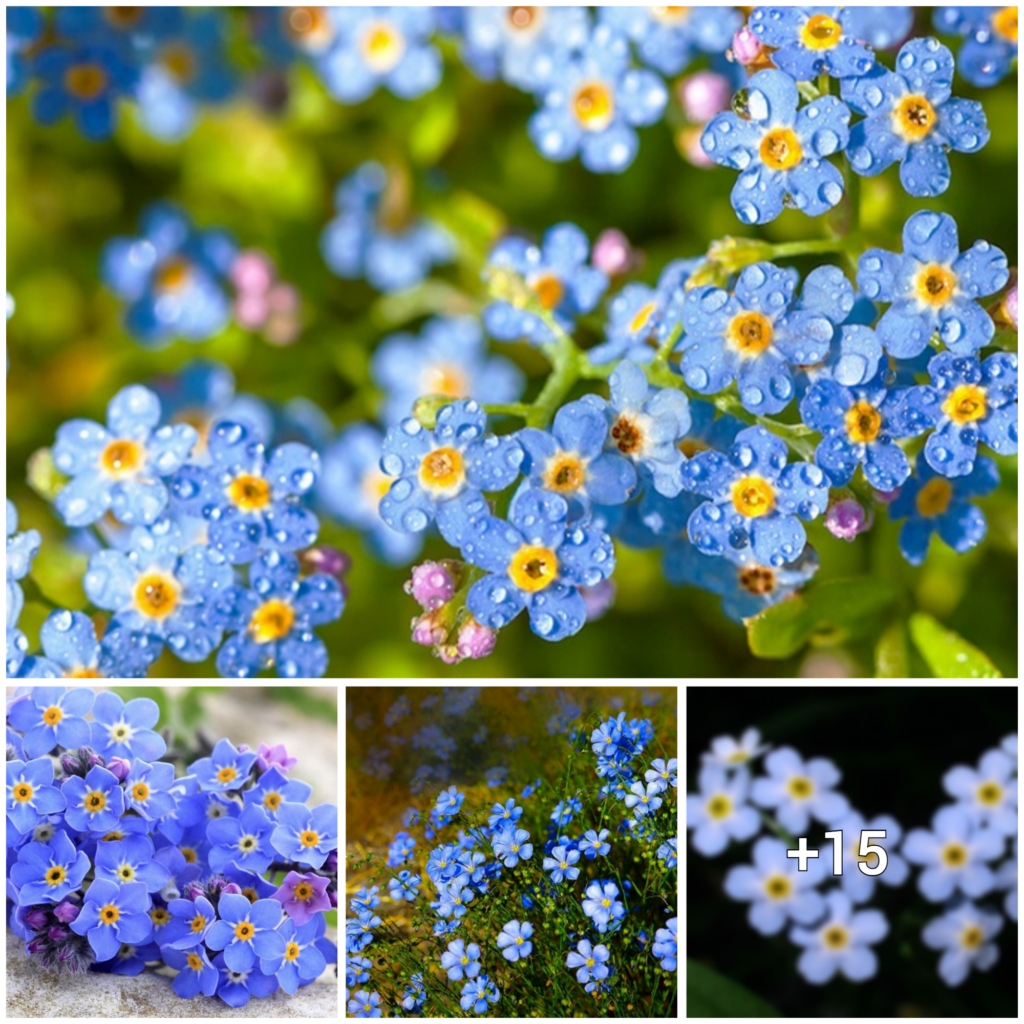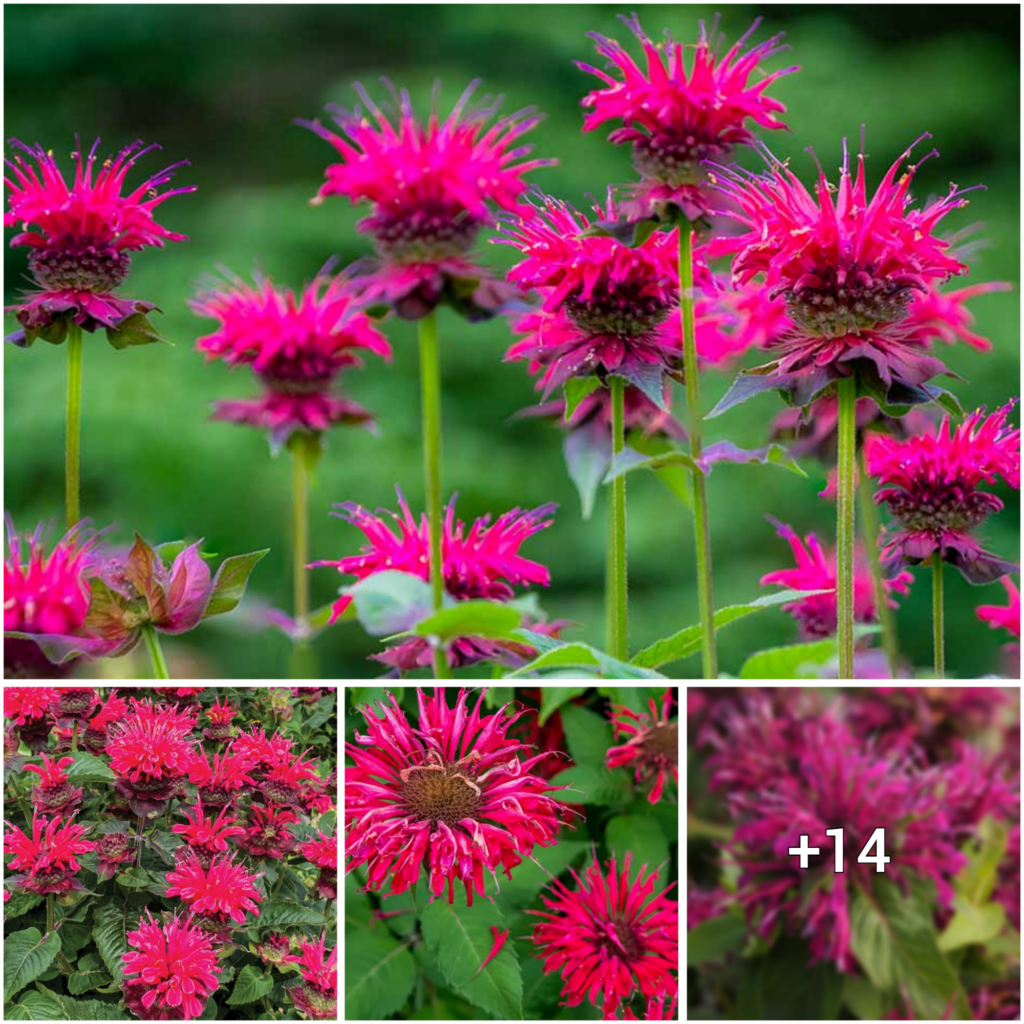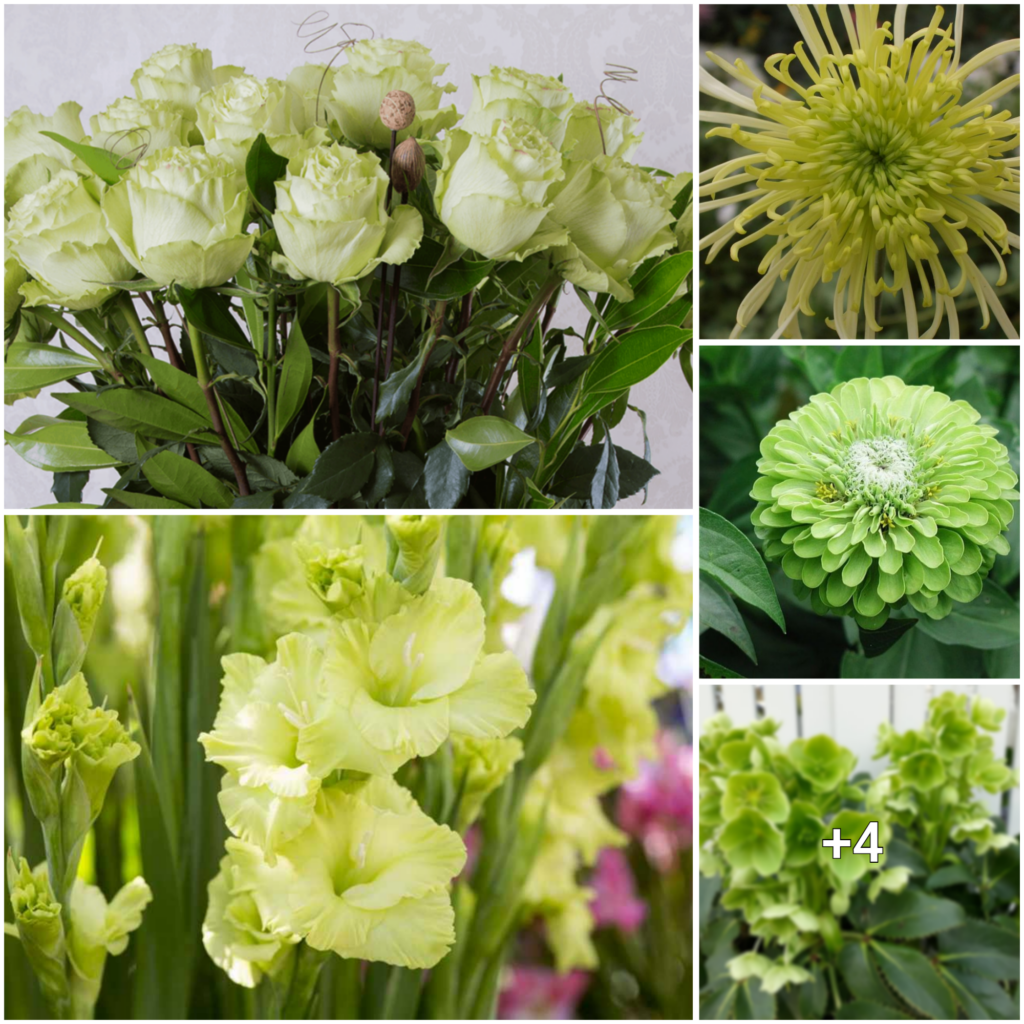Marie Iannotti is a seasoned gardener, boasting extensive expertise in the field as a veteran Master Gardener with close to thirty years of experience. She has authored three gardening books, is a skilled plant photographer, an accomplished public speaker, and a former Horticulture Educator at Cornell Cooperative Extension. Marie’s writing on gardening has been published in newspapers and magazines nationwide, and she has been interviewed for Martha Stewart Radio, National Public Radio, and several other articles. Find out more about The Spruce’s Editorial Process by reviewing Julie Thompson-Adolf’s profile, who holds over 30 years of experience in year-round organic gardening, seed starting, growing heirlooms, and sustainable farming.
:max_bytes(150000):strip_icc():format(webp)/grow-sea-holly-eryngium-4121081-09-3c80e0fab1bf49b58047d708f51a1a6a.jpg)
Sea holly is a type of perennial plant that requires minimal maintenance. It has dark green leaves that grow in basal clumps, and during midsummer to fall, it produces tall flower stems boasting eye-catching purple-blue flowers resembling small glowing thistles. These flowers have green or blue cones, and their unique bract collar comes in silver, white, green, or bluish-purple. Interestingly, the colors have a metallic sheen that changes when exposed to sunlight, and the stems can either be green or silvery blue, depending on the variety of sea holly.
While sea holly plants were once exclusive, they are now available in various garden centers and stores, albeit in limited varieties. Spring is the best time to plant mature sea holly plants, as they grow quickly and semi-mature nursery plants will flower in their first season. On the other hand, you can sow sea holly seeds in late summer or fall, and come spring, they will germinate. Once established, these plants are long-lived perennials.
Sea holly goes by common names such as blue sea holly and star thistle, and its scientific name is Eryngium planum. It belongs to the Apiaceae family and is classified as an herbaceous perennial. Sea holly plants can attain a mature size of 2-3 ft. tall and 1-2 ft. wide, and thrive best in full sun exposure and sandy, well-drained soil with an acidic, neutral, or alkaline pH. They bloom during summer and fall, and their flower color varies from blue to purple. Sea holly is native to Europe and Asia and can thrive in USDA hardiness zones 5-9.
:max_bytes(150000):strip_icc():format(webp)/grow-sea-holly-eryngium-4121081-03-b048204f7ee64acea65acd912b0796cc.jpg)
To avoid plagiarism, we need to reword the content in our own words. Here’s the revised version:
In order to prevent plagiarism in our writing, we must find ways to make the content unique and original. To achieve this, we need to rephrase or paraphrase the given text in our own words. It is important to use a relaxed tone and write in English to ensure that the content is easy to understand. We should take inspiration from sources like The Spruce and strive to create high-quality, authentic content that resonates with our readers.
:max_bytes(150000):strip_icc():format(webp)/grow-sea-holly-eryngium-4121081-10-4ab8d098204d4dceb1de5a027dec7bd8.jpg)
:max_bytes(150000):strip_icc():format(webp)/GettyImages-1194059548-3492559c75804fb8b0336906d3d847db.jpg)
:max_bytes(150000):strip_icc():format(webp)/GettyImages-922619186-3ee3de61cfc0461a8369ed04ac037108.jpg)
Taking care of sea holly plants is a breeze, provided that you provide them with the appropriate soil and sun conditions. Plant your sea holly in dry to medium sandy soil, preferably in an area with full sun. They require minimal attention once planted and bloom from midsummer to fall. As sea hollies have deep tap roots, they are challenging to move, so ensure that you plant them in a location where they can remain for an extended period. This plant does well in coastal gardens because it has a high tolerance for salty soil.
For optimal growth, ensure that your sea holly gets at least eight hours of sunlight per day. However, if partial shade is necessary, be mindful that this may lead to weaker stems, which could require staking.
Sea holly plants prefer well-drained, sandy, poor to moderately fertile soil. Soil that is too rich can cause the plants to sprawl, and good drainage is essential to prevent root rot. Additionally, sea holly plants require good drainage to thrive, and soil pH near neutral (6.1-7.8) is suitable.
Once established, sea holly plants are drought-tolerant and do not require additional watering unless there is prolonged drought during the summer peak. Ensure that excess moisture does not accumulate around the plant’s crown, as this can cause root rot. Sea holly is also hardy within zones 5 to 9 and does not have any additional temperature or humidity requirements.
Sea holly plants are not heavy feeders, so avoid excessive fertilizer, which can cause sprawling. Propagating sea holly plants can be difficult due to their taproot, but root cuttings can help. The plant can also be started from seed by directly sowing them in the fall. Potted sea holly plants also require well-draining soil and need to be moved to a sheltered location during winter.
Sea holly plants are generally free of pests and diseases, but damp soil can encourage fungal leaf spot and root rot. Powdery mildew can also be problematic, so ensure good air circulation and base watering. Sea holly plants may also attract aphids, slugs, and snails, but they can be easily controlled.
For optimal blooms, ensure that your sea holly gets enough sun and is not planted in soil that is too rich or fertile. Sea holly is largely complaint-free, but sprawling may occur if overwatered or if there is insufficient sunlight.




